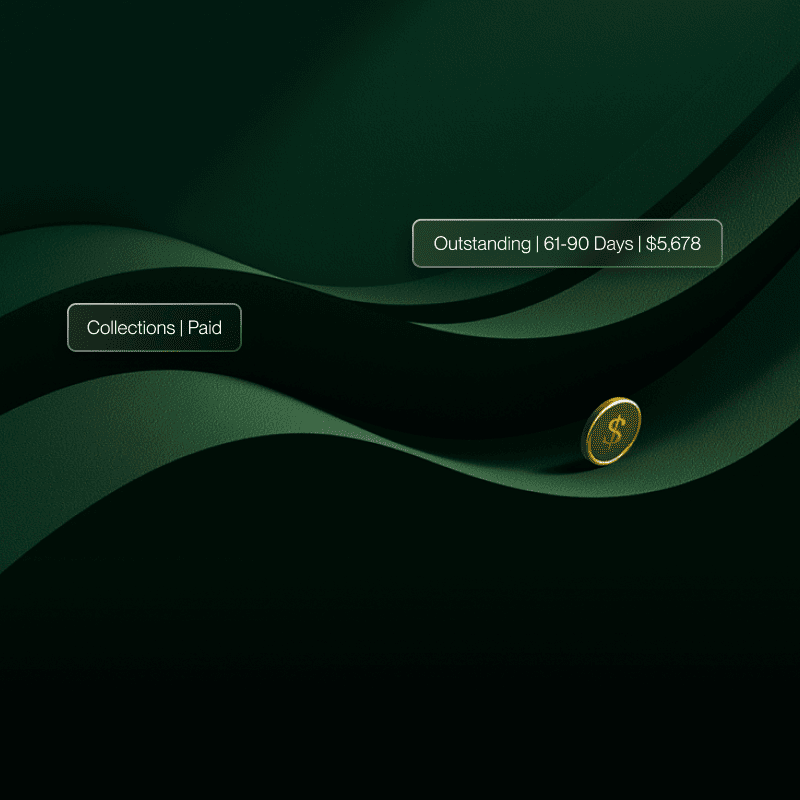Expense Reimbursement: What It Is and How It Works
The following article is offered for informational purposes only, and is not intended to provide, and should not be relied on, for legal or financial advice. Please consult your own legal or accounting advisors if you have questions on this topic.
Employees often make out-of-pocket purchases on behalf of their company — whether it’s booking a client dinner, buying office supplies, or paying for travel. To keep things fair, businesses use expense reimbursement, a process that ensures workers get paid back for legitimate business costs.
In this article, we’ll explore what expense reimbursement is, which expenses are reimbursable, why tracking matters, and how to manage the process. Plus, we’ll dive into whether reimbursements are taxable and how Flex can help streamline everything without adding unnecessary complexity.
Not every purchase made by an employee qualifies for reimbursement. Businesses should create strong internal controls policies that clearly outline what counts as a reimbursable expense and what does not.
For example, the following chart outlines what could be considered reimbursable vs. non-reimbursable.
By drawing clear lines, businesses reduce disputes and keep reimbursements consistent.
Why It’s Important to Track Reimbursable Expenses
Tracking reimbursable expenses isn’t just about paying employees back; it has major financial and compliance benefits:
- Accurate accounting: Ensures all business costs are properly logged.
- Fraud prevention: Helps identify unusual or duplicate expense claims.
- Budget control: Offers visibility into how much teams are spending.
- Tax compliance: Supports IRS requirements and avoids misclassification.
Without clear records, companies risk overpaying, underpaying, or misreporting expenses — problems that can add up quickly. With Flex, our automated employee expense management platform helps make tracking simple.
How to Track and Manage Expense Reimbursements
The traditional approach to expense reimbursement involves employees submitting paper receipts and waiting weeks for repayment. This creates delays and increases the risk of lost documentation.
Modern solutions, like Flex, streamline the process with built-in spend management tools. Best practices include:
- Centralize expense reporting: Use one platform where employees upload receipts and categorize expenses.
- Set clear policies: Define reimbursable vs. non-reimbursable expenses upfront.
- Automate approvals: Route expenses to managers for faster sign-off.
- Use virtual credit cards: Reduce the need for reimbursements by issuing controlled cards to employees.

Flex simplifies these steps by letting businesses issue unlimited virtual credit cards, track spending in real time, and manage reimbursements without juggling spreadsheets or emails.
Are Expense Reimbursements Taxable?
A common question is: are expense reimbursements taxable?
The answer depends on whether they’re part of an accountable plan or a non-accountable plan:
- Accountable plan: If employees submit receipts and follow company policy, reimbursements are not considered income and are not taxable.
- Non-accountable plan: If there’s no documentation or if employees keep excess funds, reimbursements may be treated as taxable income.
Key takeaway
- Are reimbursed expenses considered income? Not if they’re properly documented under an accountable plan.
- Are expense reimbursements taxable? Only if they don’t follow IRS-compliant procedures.
By using structured processes (like those available with Flex), businesses ensure reimbursements are handled in compliance with tax rules.
How Flex Helps Manage Reimbursable Expenses
Flex offers a smarter way to handle employee spending. Instead of relying solely on reimbursements, businesses can:
- Issue unlimited virtual credit cards for employees and vendors
- Track spending in real time with automated reporting
- Reduce the volume of reimbursement requests altogether
- Stay compliant with tax and accounting requirements
The result? Employees spend less time filing claims, and finance teams spend less time chasing receipts.
Final Thoughts
Expense reimbursement is a necessary part of doing business, but it doesn’t have to be messy. By understanding what counts as a reimbursable expense, setting clear policies, tracking accurately, and leveraging tools like Flex, businesses can reimburse employees fairly while keeping finances compliant and organized.
With the right system in place, reimbursements become less of a burden and instead becomes a streamlined process that keeps both employees and finance teams happy.









.png)













.svg)